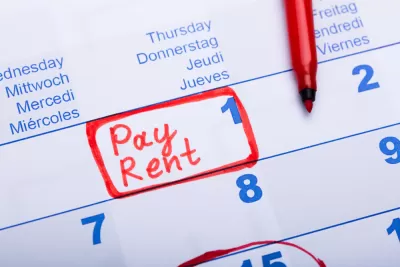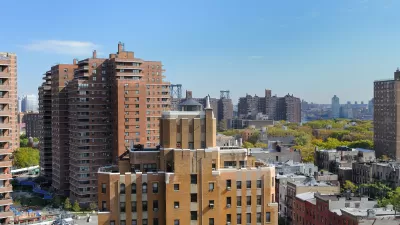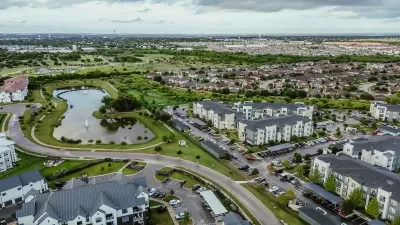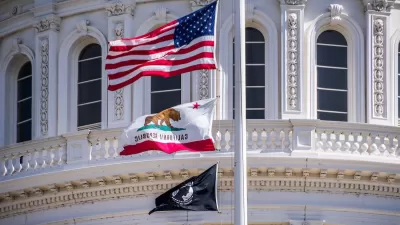Despite a small downturn in average rents at the end of last year, American renter households continue to struggle with unaffordable housing costs.

For most American households, the rent is still too damn high, report Monica Potts and Holly Fuong for FiveThirtyEight. According to the article, “Even in many cities that had previously been affordable, rents keep getting higher, stretching more families’ budgets and spreading a largely coastal problem to nearly every part of the country.”
Even as rents begin to dip, the huge increases of 2021 mean that average rents remain well above pre-pandemic levels. The average year-over-year rent increase before the pandemic was 4 percent. In 2021, some U.S. cities saw year-over-year spikes of as much as 33 percent, according to Zillow. “The effects of the COVID-19 lockdowns, intercity moves made at the beginning of the work-from-home era and record-high inflation made the long-standing problem of increasing rents all the worse.”
The authors note that data from companies like Zillow don’t capture the full spectrum of challenges faced by renters, such as unsafe conditions. “Now, with the economy poised on the edge of a recession, the programs established during the pandemic to help families afford housing are expiring.”
While some cities are implementing eviction protections and rent stabilization, Potts and Fuong call them “piecemeal solutions to a fundamental problem.” That is, “There is not enough housing for people to live in, and it’s gotten more unaffordable for a wider swath of Americans.”
FULL STORY: Rents Are Still Higher Than Before The Pandemic — And Assistance Programs Are Drying Up

Planetizen Federal Action Tracker
A weekly monitor of how Trump’s orders and actions are impacting planners and planning in America.

Maui's Vacation Rental Debate Turns Ugly
Verbal attacks, misinformation campaigns and fistfights plague a high-stakes debate to convert thousands of vacation rentals into long-term housing.

San Francisco Suspends Traffic Calming Amidst Record Deaths
Citing “a challenging fiscal landscape,” the city will cease the program on the heels of 42 traffic deaths, including 24 pedestrians.

Amtrak Rolls Out New Orleans to Alabama “Mardi Gras” Train
The new service will operate morning and evening departures between Mobile and New Orleans.

The Subversive Car-Free Guide to Trump's Great American Road Trip
Car-free ways to access Chicagoland’s best tourist attractions.

San Antonio and Austin are Fusing Into one Massive Megaregion
The region spanning the two central Texas cities is growing fast, posing challenges for local infrastructure and water supplies.
Urban Design for Planners 1: Software Tools
This six-course series explores essential urban design concepts using open source software and equips planners with the tools they need to participate fully in the urban design process.
Planning for Universal Design
Learn the tools for implementing Universal Design in planning regulations.
Heyer Gruel & Associates PA
JM Goldson LLC
Custer County Colorado
City of Camden Redevelopment Agency
City of Astoria
Transportation Research & Education Center (TREC) at Portland State University
Jefferson Parish Government
Camden Redevelopment Agency
City of Claremont





























